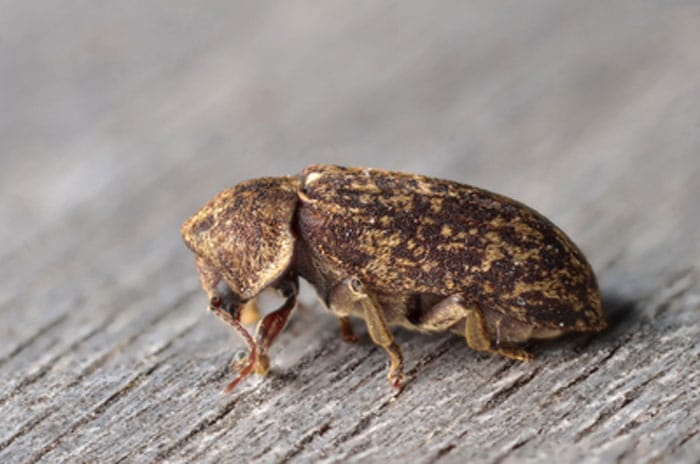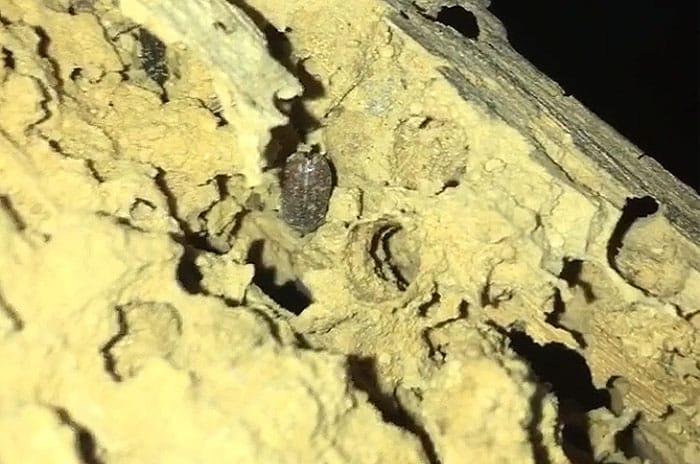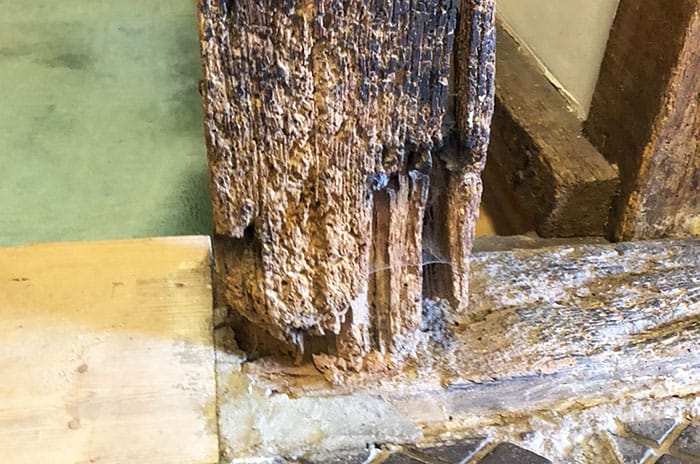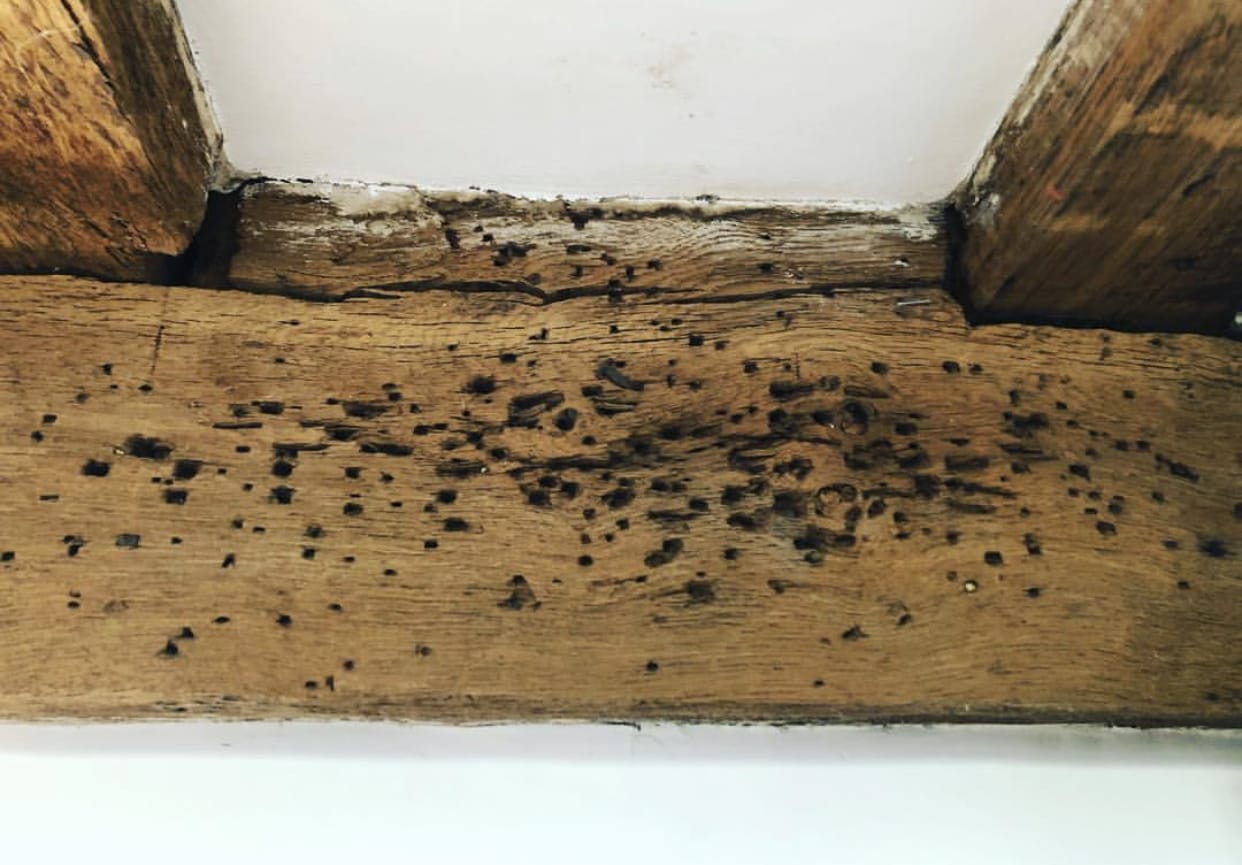We offer a hassle free, quick treatment guaranteed service for all clients
Non-intrusive treatment and protection measures to ensure the eradication and prevention of future wood boring beetles and fungi. After the blasting stage of restoration, it is easier to detect these infestations. Predominantly occurring within buildings, these infestations can cause damage to the structural integrity of the property if not treated properly. We offer a hassle free, quick treatment guaranteed service for all clients.
Our process can be used for active infestations or as a prevention measure for future infestations.
Beams must have all surface coatings removed to allow for treatment to penetrate the wood.
All insecticidal and fungicidal sprays that we use are water based therefore eliminating the toxicity unlike other methods such as fumigation. Similarly this reduces the concern for staining on walls and re entry times. A solvent based paste may be used for larger timbers or that of more severe species such as ‘Deathwatch beetle’. Every area is treated twice to ensure full coverage of the infestation.
We recommend the room in which is being treated is left vacant for a minimum of 4 hours without the correct respiratory protection being worn. The insecticide will soak into the beams after approximately an hour, however for our aftercare services – such as waxing, the same period of time should be left for the beams to fully dry before any other product is applied. We also advise that the room is left well ventilated for this period.
https://www.heritagetimberpreservation.co.uk/timbertreatment
We pride ourselves with being Sovereign approved, and do offer guarantee schemes with our work.
Services available:
- Damp Surveys
- Damp courses
- Woodworm treatment
- Fungal attacks
- Waxing
- Lime washing
The most common infestation being the common furniture beetle (Anobium Punctutam), familiarly known as woodworm.
These beetles attack the softwood of timbers and can be detected through the following signs.
The signs of an active infestation – Woodworm
- Emergence holes (approx 2mm).
- Frass (fine powdery bore dust).
- Beetle sightings.
- Elongated tunnels within the timbers.
- Crumbling of the wood.
- High moisture content in room.
- Wood discolouring.
- Surface irregularities.
The life cycle – Woodworm
- Adult beetle – The cycle begins with the mating of two beetles, of which only have a short lifespan as a mature adult beetle of around two weeks.
- The female beetle will then lay her eggs into the cracks of the timber.
- After a few days, these eggs hatch. The larvae now burrow into the timbers, and the wood is now seen as infested. Bore dust is also formed at this stage as they tunnel into the timber, formally known as ‘Frass’. As larvae, they can live from anywhere between 2 to 5 years.
Other well known wood boring beetle such as death watch beetle (Xestobium rufovillosum) can live as larvae for up to 11 years, causing very severe structural damage to the timbers.
Fly outs and residual infestation
If we are treating an active infestation, the beetles that are in the timbers may fly or fall out of the beams onto the floor or light white surfaces, such as window sills. These will all die off as they will have come in contact with the insecticide. Any residual infestation that may lie deeper in the wood will be killed off once they retreat back to the surface of the timbers. The treatment will erase any future beetles entering the wood as we can guarantee the contact of the insecticide will last for up to 30 years.
Please do not hesitate to contact us with any questions or enquiries.






